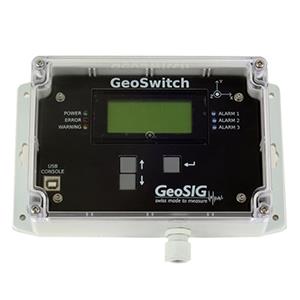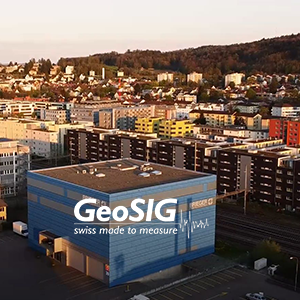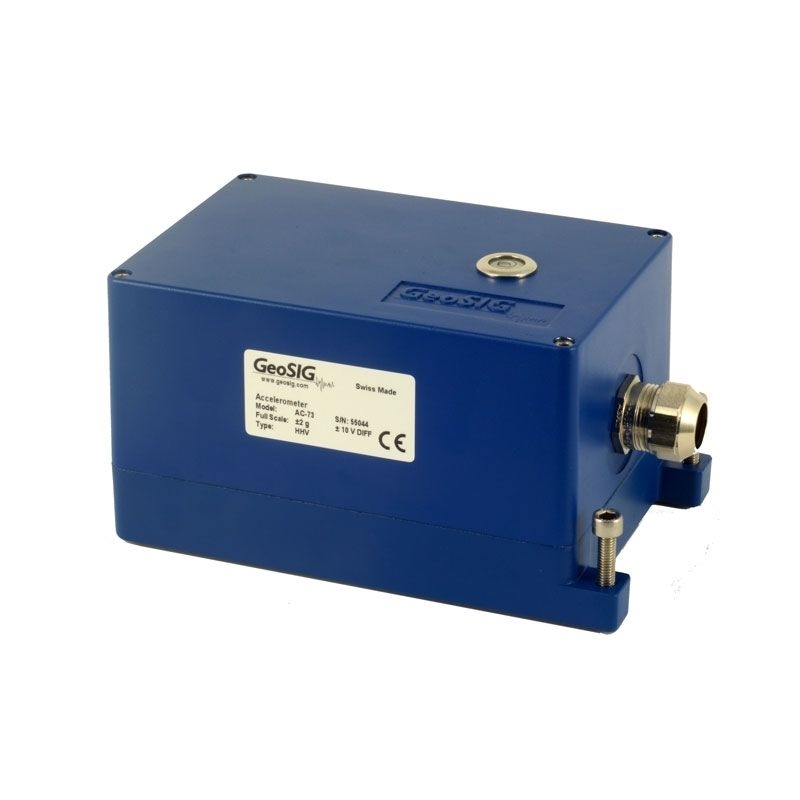
Download Palazzo Medici - Florence, Italy Case Study
Background
Due to its geographical position in the convergence zone between the African plate and the Eurasian plate, Italy is one of the countries with the greatest seismic risk in the Mediterranean.
The Italian Civil Protection Department has assessed the seismic risk being highest in certain areas where the strongest tremors are concentrated. However, since it is not possible to predict with certainty when, where, and with what force an earthquake will occur, being prepared is the best way to prevent and reduce the consequences of an earthquake.
In addition to coordinating emergency assistance to the population in the event of a national emergency, the Italian Civil Protection Service elaborates and coordinates the national plans for risk scenarios and tests their effectiveness through exercises, promotes activities aimed at forecasting and risk prevention, and defines the general criteria for identifying seismic areas and elaborates the general guidelines for training activities in the field of civil protection.
Challenge
Solution
Our Partner in Italy, Pizzi Instruments, has extensive experience in offering structural monitoring instruments and solutions, as well as offering engineering oversight throughout all phases of a project. Pizzi has worked with the Italian Civil Protection Department on a number of projects of special historical significance. For Palazzo Medici, they installed GeoSIG's Digital Sensor System with AC-7X accelerometers which comprises a GMSplus seismic recorder installed on the ground and four bilateral measurement points positioned at the corners of the highest floor of the palace. The installed solution offers reliable and continuous monitoring, providing data based on event detection.
Another solution using GeoSIG instruments and a capable partner showing that quality and reliability can also be cost effective.


































